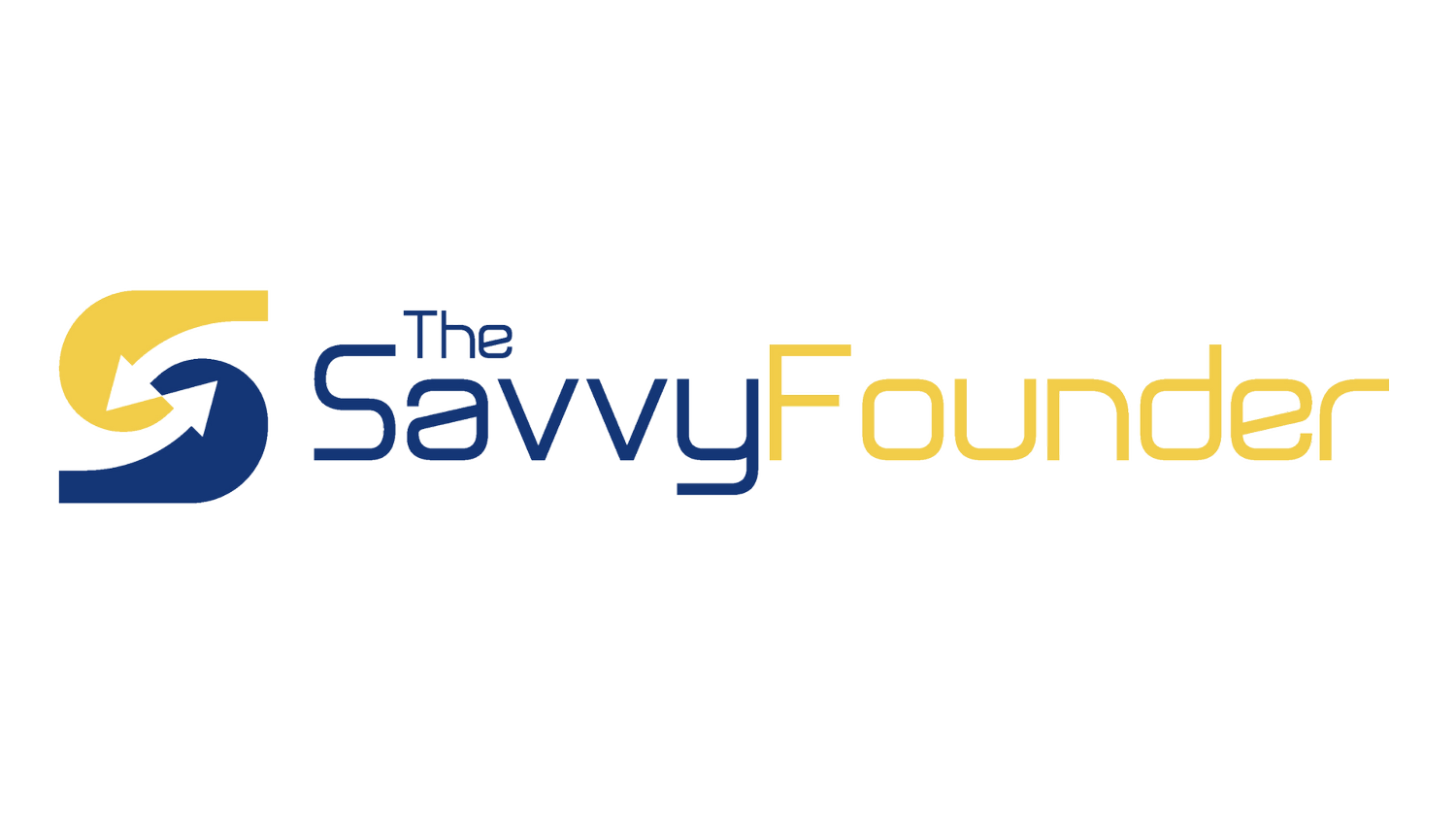The AI Advantage: How to Train Your Team for Smarter
TL;DR: Generative AI tools like ChatGPT often provide generic answers unless users ask precise, iterative questions with clear context. To unlock AI’s full potential, businesses must train employees to treat AI as a collaborative partner, emphasizing iterative dialogue, contextual prompts, and ongoing refinement. This approach ensures smarter decisions, improved productivity, and better AI outcomes. Read the full guide for actionable strategies to master generative AI.
About this article: Crafted with a Human-AI Collaboration
Introduction:
A client of mine recently asked ChatGPT – and for that matter they could have asked Perplexity of any Chat AI – a question about optimizing their supply chain operations. They expected actionable strategies an
d insights. Instead, they received a generic and overly broad response that left them wholly disappointed. This incident underscores a prevalent issue: while generative AI excels at answering questions, it rarely asks for clarification or additional context, often leading to underwhelming results. This unique characteristic has significant implications for how companies should train their employees to effectively use AI tools.
The Challenges of Question-Driven AI Interaction
Generative AI excels at providing answers but often falls short in guiding users through follow-up questions. This has several implications:
Knowledge Gaps: Individuals may not know what they don't know, leading them to ask overly simplistic questions. This can result in dissatisfaction when users don't get the depth or specificity they need, almost treating the AI like a search engine rather than an intelligent assistant.
False Confidence: Users may receive an answer and assume it is fully comprehensive, forgetting to ask for additional details or contextual information. This over-reliance can lead to incomplete or suboptimal decisions.
Sequential Collaboration: Effective AI utilization often requires a multi-step process: asking for output, reviewing, requesting improvements, and then validating all suggestions are incorporated. Users need training to appreciate this iterative nature to extract the most value from AI.
Insights and Inferences
To develop a robust framework for training employees on using AI, here are additional insights and inferences to consider:
Understanding AI Limitations: Employees should be trained to understand what AI can and cannot do. Knowing its strengths and weaknesses will help set realistic expectations and reduce frustration.
Encouraging Iterative Processes: Users should be educated on the value of iterative interactions. Encourage them to ask for drafts, make suggestions, and use the AI to refine these drafts continuously.
Prompting Follow-Up Questions: Companies can benefit from training employees to always follow up primary questions with deeper, more nuanced queries. AI should be seen not merely as a tool for generating initial answers but as a collaborative partner in an ongoing dialogue.
Contextual Awareness: Train employees to provide context with their queries. AI's effectiveness increases when it has more contextual information to work with, leading to more tailored and valuable responses.
Customization and Personalization: Users should be prompted to customize their AI interactions. This could involve feeding it specific terminologies, organizational guidelines, or tailoring it to specific departments or tasks.
Shifting from "Prompt Engineering" to "Conversational Partnership": Companies facing these challenges often fall back on "prompt engineering" to achieve desired outcomes from AI systems. However, this term can be a turn-off for many employees, creating a barrier to effective use of AI. Instead, the focus should shift towards using ChatGPT as a conversation partner. Train employees to engage in a dialogue with AI—asking, refining, and exploring answers as they would in a productive human interaction. This approach not only simplifies the process but also makes AI more approachable and intuitive.
Practical Steps For Effective AI Training
To ensure comprehensive AI training, here are some practical steps organizations can take:
Conduct Workshops: Implement hands-on workshops that simulate real-world scenarios, allowing employees to practice interactive querying and iterative refinement with AI.
Create Playbooks: Develop playbooks that outline common interaction models, providing employees with a quick reference guide on how to maximize their AI engagements.
Foster a Collaborative Culture: Encourage a culture of collaboration between human expertise and AI capabilities. Employees should feel comfortable providing feedback and iterating on AI outputs.
Offer Continuous Support and Training: Regularly update training materials and offer continuous support. This could involve periodic training sessions, online resources, and dedicated support teams.
Conclusion
At The Savvy Founder, we understand the transformative potential of generative AI. However, unlocking this potential requires nuanced training and an appreciation for the intricacies of AI-human collaboration. By focusing on these insights and adopting a structured yet flexible training approach, companies can ensure their employees not only use AI efficiently but truly leverage its full capabilities. Moreover, framing AI as a conversation partner rather than a rigid tool will demystify its complexities and foster a more intuitive and productive use of these powerful technologies.


